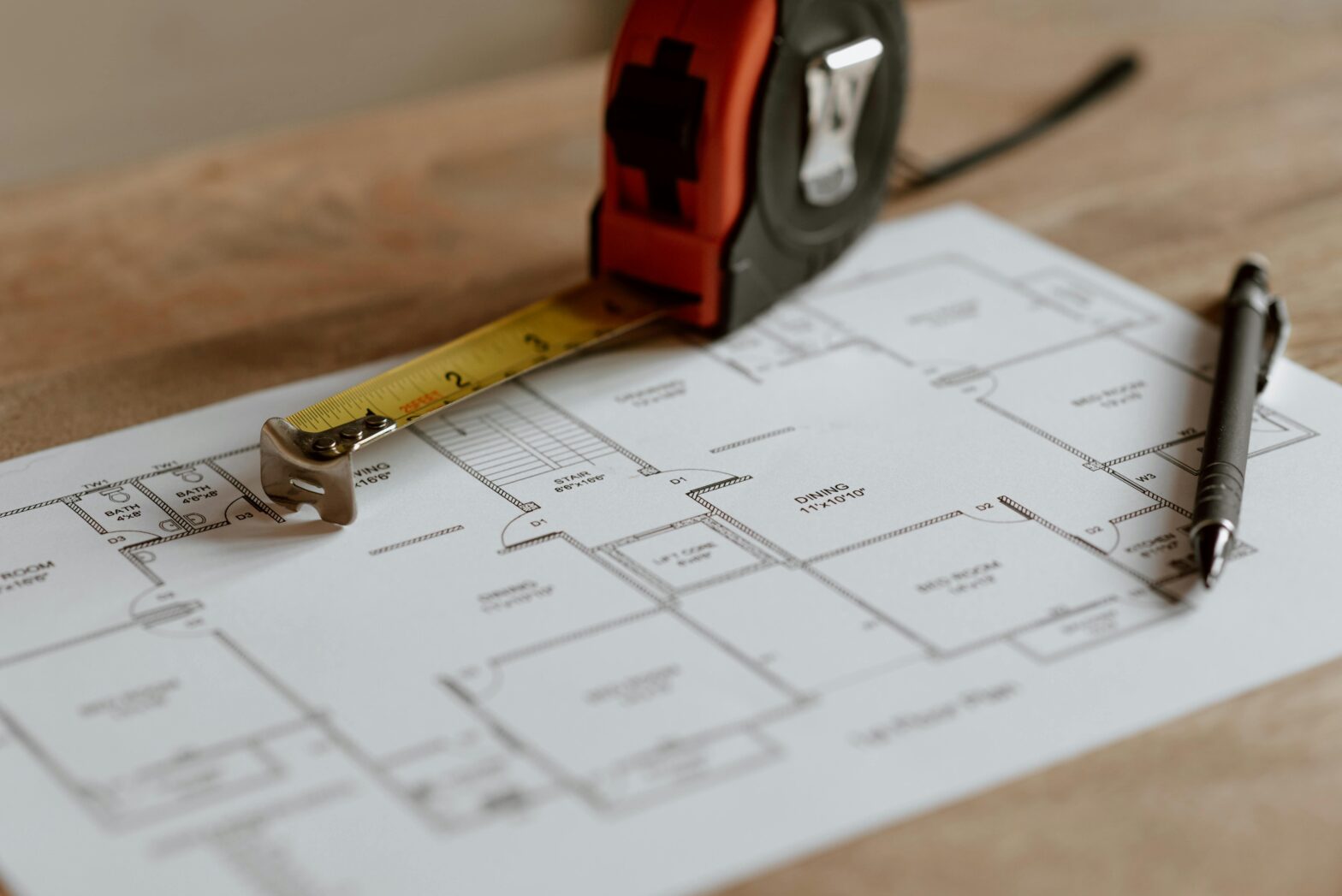Permits are Needed for Most Home Renovations and Improvements
Filing permits is a crucial step in many processes, whether you’re starting a new construction project, hosting an event, or making modifications to your property. Properly filing permits ensures that you comply with local regulations and helps maintain a safe and organized community. In this blog post, we’ll explore the importance of filing permits and provide a guide on how to do it properly.
Understanding the Importance of Permits
Permits serve as official approval from local authorities, granting permission to carry out specific activities. Here are some key reasons why filing permits is essential:
- Legal Compliance: Local building codes and regulations exist to ensure the safety and well-being of the community. Filing permits helps you adhere to these rules, preventing legal issues down the line.
- Safety Standards: Permits often involve inspections to ensure that projects meet safety standards. This is especially crucial for construction projects to prevent accidents and hazards.
- Property Value: Properly permitted improvements can increase the value of your property. Potential buyers are more likely to invest in a property with a documented history of compliance with regulations.
- Community Harmony: Obtaining permits demonstrates respect for your neighbors and the community. It shows that you are accountable for your actions and considerate of the impact your projects may have on others.
A Step-by-Step Guide to Filing Permits
1. Identify the Type of Permit You Need
Different projects require different permits. Common types include building permits, zoning permits, event permits, and environmental permits. Identify the specific permit(s) applicable to your project.
2. Contact the Local Permitting Authority
Reach out to your local government’s permitting office. This can often be done online or in-person. Provide details about your project and ask for guidance on the required permits.
3. Gather Necessary Documentation
Prepare all required documents, such as project plans, site maps, and any other information specified by the permitting office. This ensures a smooth application process.
4. Complete the Permit Application
Fill out the permit application accurately and thoroughly. Be sure to include all required information and pay any associated fees.
5. Await Approval
Once you’ve submitted your application, the permitting office will review it. This may involve inspections and additional documentation. Be patient and responsive to any requests for further information.
6. Display Permits as Required
If approved, display your permits prominently at the project site. This informs inspectors, neighbors, and the community that your project is authorized.
Insurance and Permits
Filing permits properly is not just a bureaucratic formality; it’s a fundamental aspect of responsible and legal project management. By following the steps outlined in this guide, you can navigate the permitting process smoothly and contribute to the overall safety and well-being of your community. Remember, compliance with regulations is a shared responsibility that benefits everyone.
And permits are more than just a town requirement. Keep in mind, that if you ever have an issue in your home and need to file a claim – the insurance company may decline the claim if the work was done without a permit. An insurer may determine that because the work was not permitted work, that it was not done to building code specifications.

